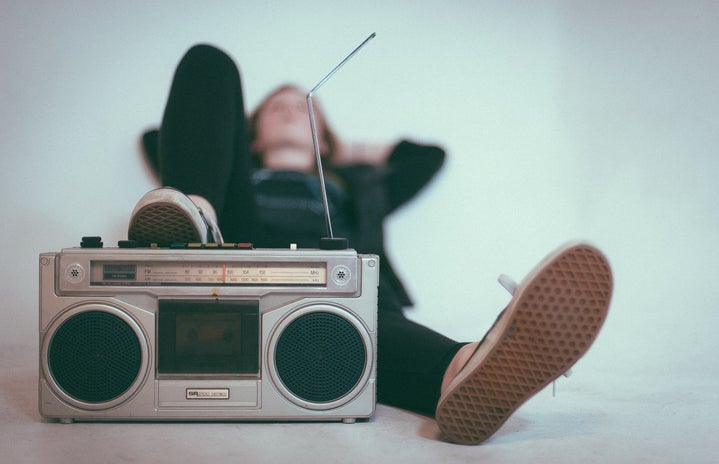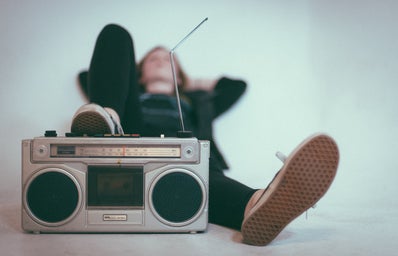Music Theory Background
When songs are developed for our listening, they all aligned with a particular frequency. Research says that music tuned from this frequency 432 Hz has amazing benefits for individuals. It has an easier rhythm, brighter, clearer, and contains more inherent dynamic range. This means the music’s high quality doesn’t need to be played at higher volumes, so it reduces the risk of hearing damage. Even more, 432 Hz resonates with 8 Hz (the Schumann Resonance), the documented fundamental electromagnetic “beat” of Earth. It just feels better.
Ironically, the most popular jams on the radio today are not recorded in 432 Hz. Instead, they align with 440 Hz. Why is this? Well, history points back to music being developed in this way. In 1953, a worldwide agreement was signed. Middle “A” was set on the piano to tuned to exactly 440 Hz. This frequency became the standard ISO-16 reference for tuning all musical instruments based on the chromatic scale, the one most often used for music in the West. All the other notes became tuned to 440 Hz as well. Today, most music is made in this frequency. 440 Hz is shown to lower a person’s vibration. This can play outbuilding sadness, aggression, and anxiety. It can inspire thoughts of disruption and disharmony in people.
Why Frequency Matters
You are what you listen to. Seriously. Music is super powerful and it has a lot of influence on how your mind is programmed. Not only does the frequency of your song affect you mentally, word choice and meaning also affect you as well. As you continue listening to these types of songs, you start to internalize them. Whether you realize this or not, they fuel your thoughts, ideologies, conversations, and even actions. how you want to nourish your body with healthy food. You should be treating your mind with the same care. Fuel your mind with good music that will lift your spirits and make you a happier person. You are worth that effort.
Listen & Learn
Don’t think that high vibes are hard to come by. There are a lot of popular hits out there that you didn’t even know are recorded at a high frequency. Ever hear of “The Less I Know The Better” by Tame Impala, “Just Like Magic” by Ariana Grande, or “Good News” by Mac Miller? These are some great examples. One of my favorite artists who is known for their high vibrational music is Jhene Aiko.
My Spotify features some of my favorite high vibrational songs with a good variety of artists. Check it out and feel free to add some of your own. Enjoy!





